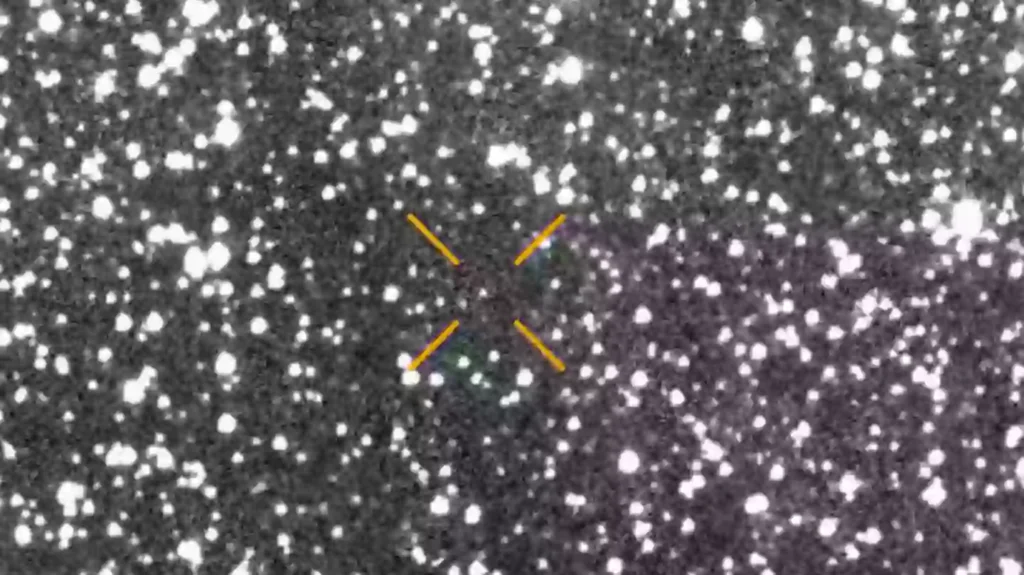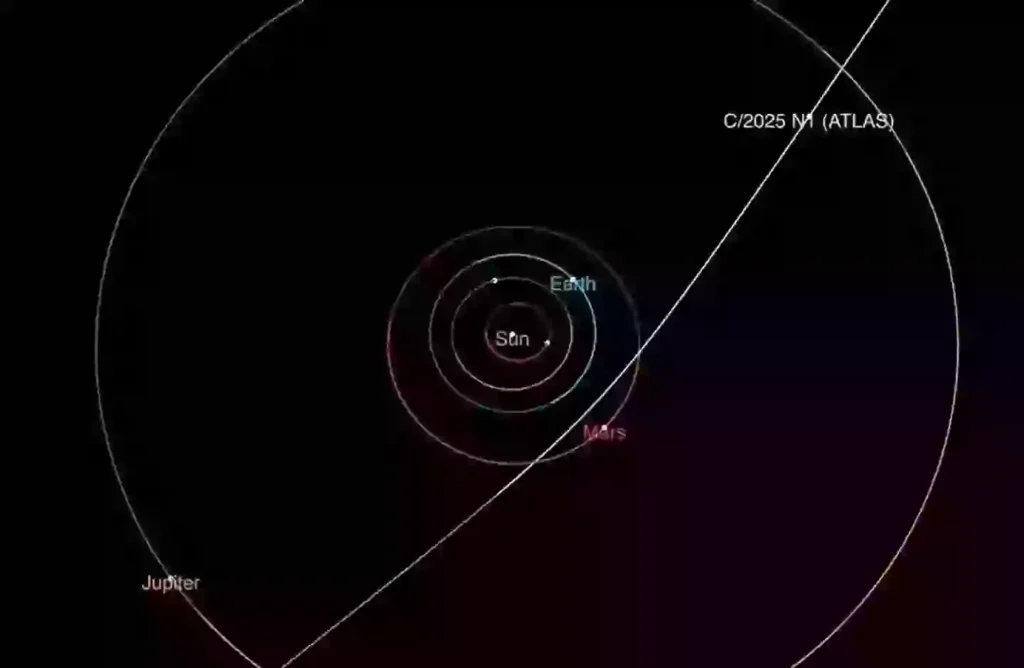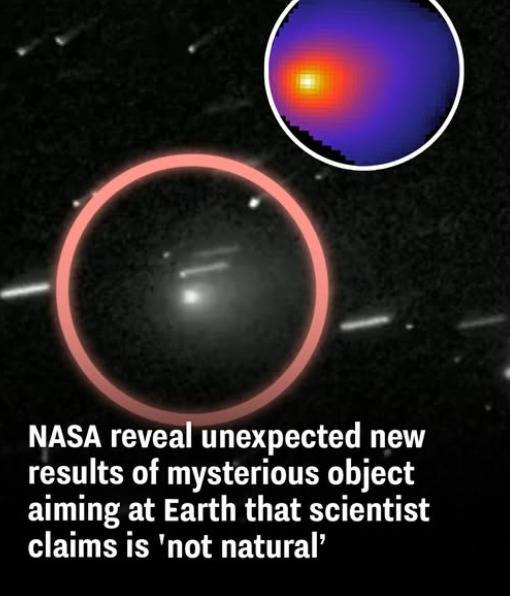3I/ATLAS, the largest interstellar object seen so far, has revealed unexpected features through NASA’s latest observations. Spotted in July 2025, this comet moves too fast to be caught by the Sun’s gravity, making a brief visit from another stellar system.
The idea that it could be an alien vessel was floated by Harvard’s Avi Loeb, but most scientists classify it as a comet. As it nears the Sun, expected around Halloween, it will eventually disappear into deep space.

NASA’s James Webb Space Telescope detected that the comet’s coma is overwhelmingly rich in carbon dioxide compared to water vapor—a rare find. The carbon dioxide to water ratio is about eight times higher than usual.

Theories suggest the comet was born in a cold region where carbon dioxide freezes easily, or its water ice lies buried too deeply for sunlight to vaporize. Another possibility is that cosmic radiation changed its chemical makeup.

Studying 3I/ATLAS gives scientists an excellent chance to learn about objects formed outside our solar system and the composition of other planetary neighborhoods.
